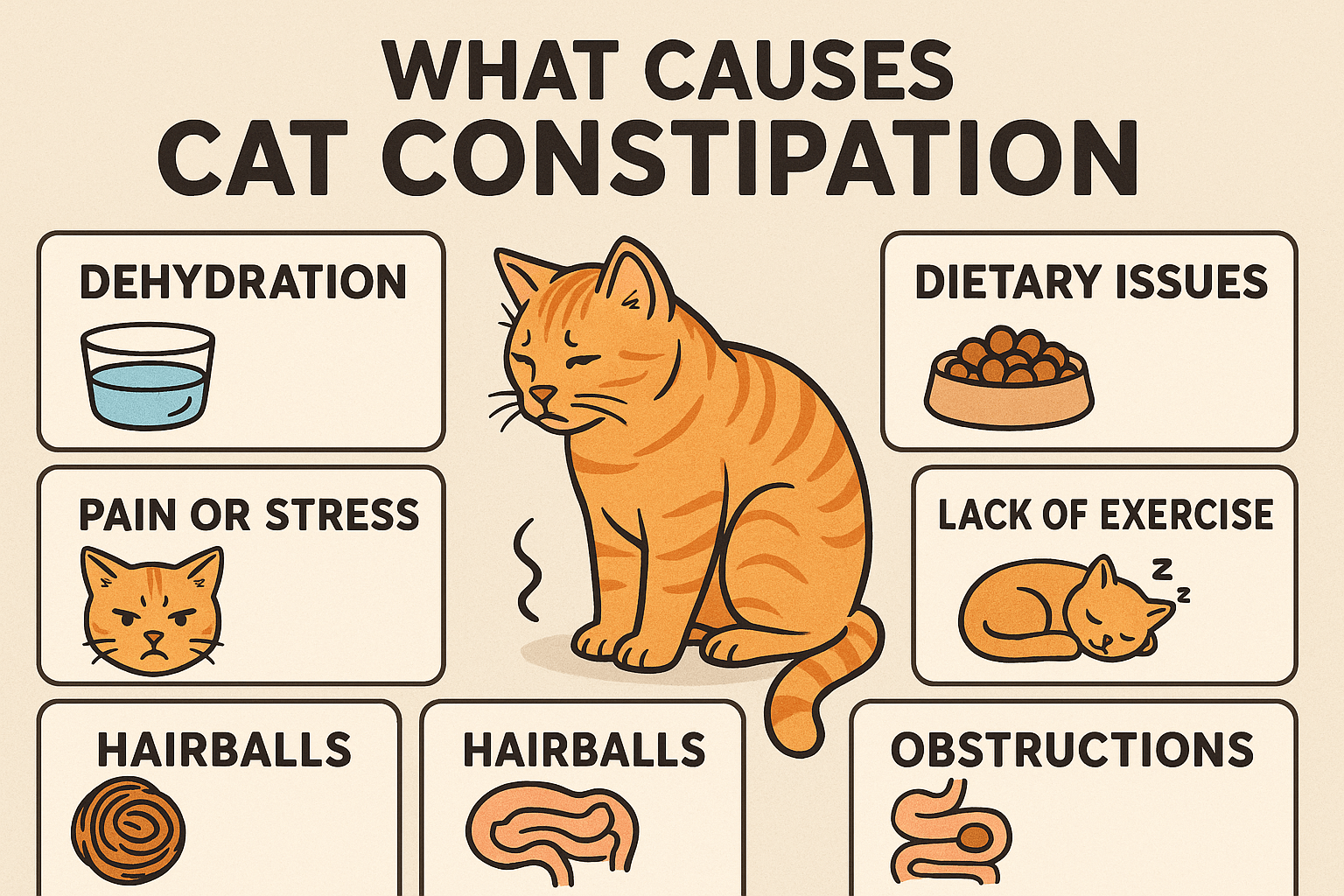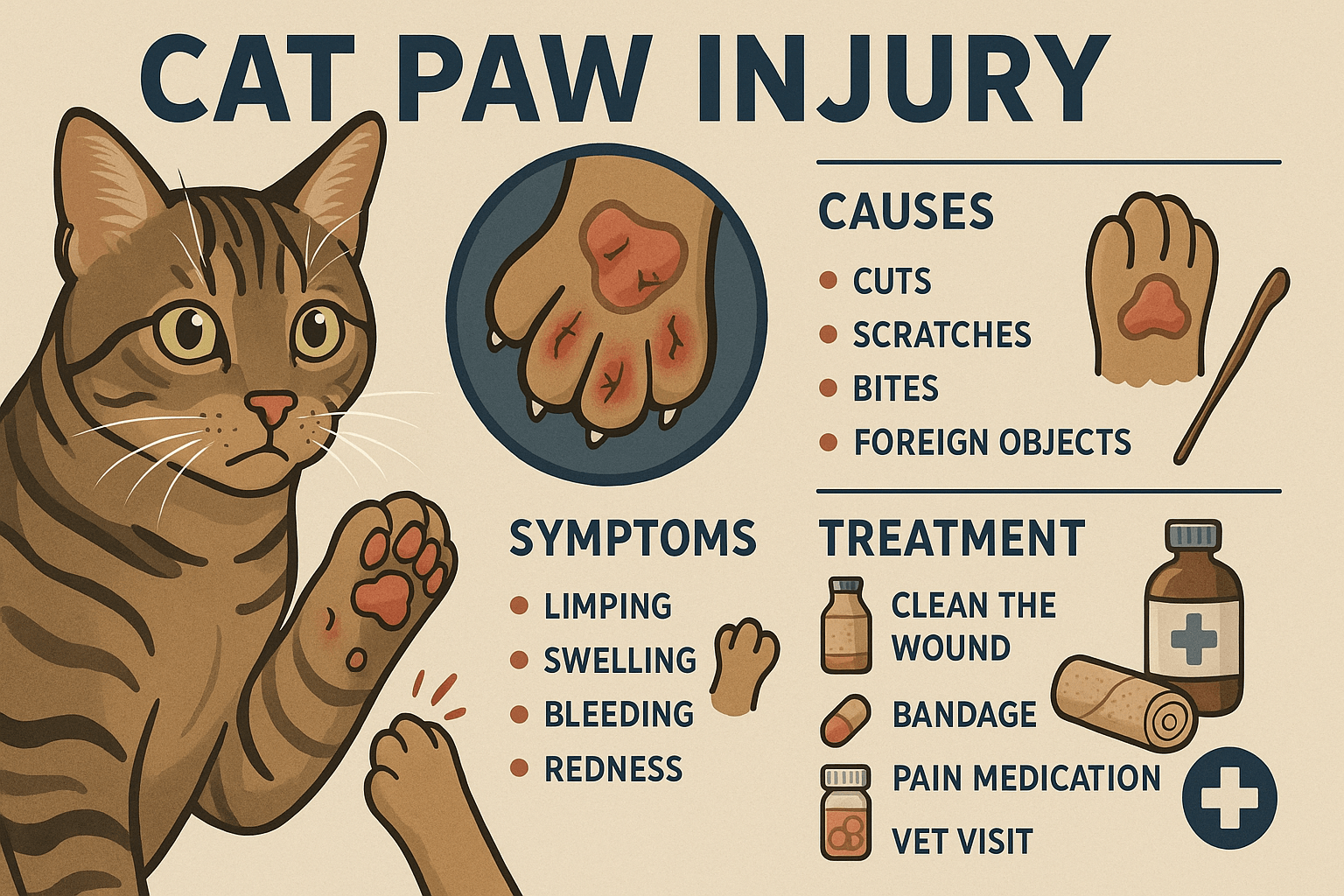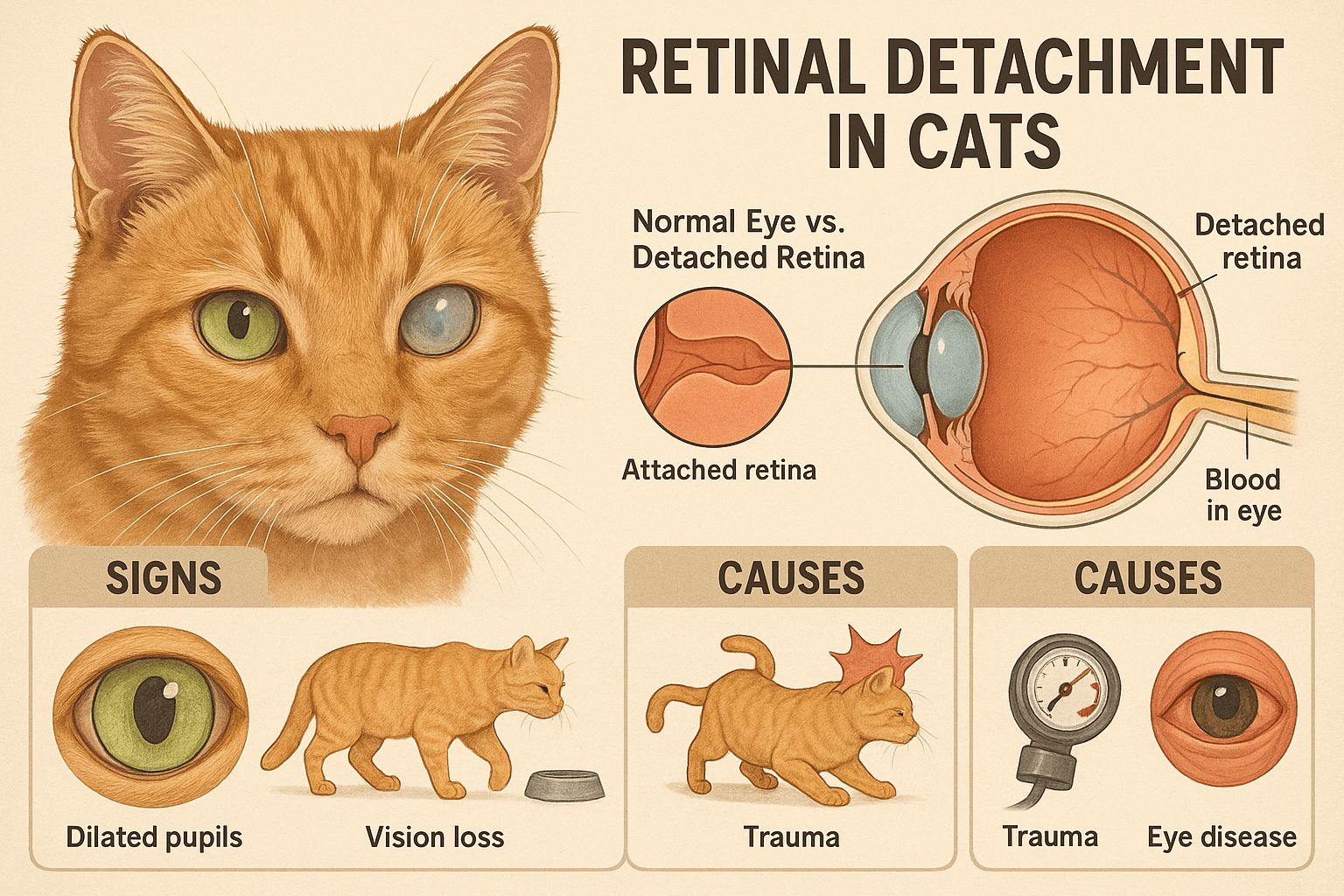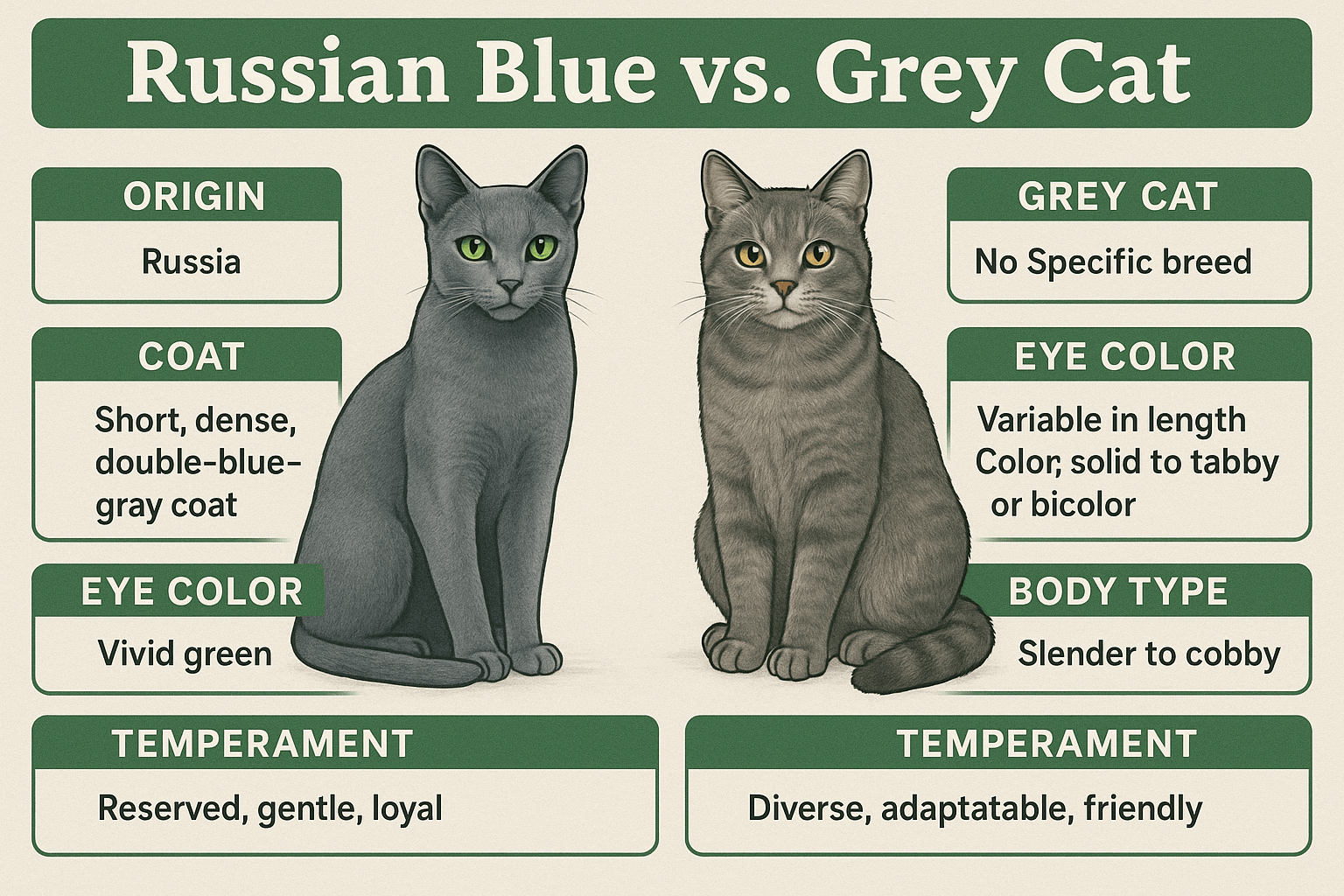Why Does My Cat Sleep with Her Head in My Hand? Understanding This Adorable Behavior
If you’ve ever woken up to find your cat snuggled up with her head resting gently in your hand, you’re not alone. This endearing behavior is a common yet fascinating habit among cats and their owners. While it might seem like a random or quirky preference, there’s often more meaning behind it than meets the eye. Cats are creatures of comfort, routine, and deep emotional bonds, and this unique sleeping position could signify trust, affection, or even a need for security. In this guide, we’ll explore the reasons behind why your cat chooses to sleep with her head in your hand, what it says about your relationship, and how you can nurture this special connection.
Reasons Why Your Cat Sleeps with Her Head in Your Hand
There are several explanations for why your cat might favor this cozy sleeping arrangement. From emotional attachment to physical comfort, here are some possible reasons:
Trust and Security : Cats feel safest when they’re close to their trusted humans, and placing her head in your hand may indicate she feels protected.
Affection and Bonding : This behavior is a sign of deep affection, showing that your cat sees you as a source of love and companionship.
Warmth : Your body heat provides warmth and comfort, making your hand an ideal spot for her to rest her head.
Marking Territory : Cats use scent glands located on their face to mark their territory, and resting her head on your hand may be her way of claiming you as hers.
Seeking Comfort : If your cat is feeling anxious or unwell, she may seek out physical closeness to soothe herself.
Understanding these motivations can help you appreciate the depth of your bond with your feline friend.
Signs That Your Cat Feels Safe with You
When your cat sleeps with her head in your hand, it’s a clear indication that she feels safe and secure around you. Here are other signs that reinforce this sense of trust and comfort:
Purring While Near You : Purring is a sign of contentment and relaxation, often accompanying behaviors like head resting.
Kneading on Your Lap or Blanket : Kneading is a throwback to kittenhood and signifies feelings of safety and happiness.
Slow Blinking at You : Cats communicate trust by slowly blinking their eyes, a gesture you can reciprocate to strengthen your bond.
Following You Around the House : If your cat shadows your movements, it shows she enjoys your presence and feels connected to you.
Sleeping Close to You : Whether it’s on your bed, couch, or lap, proximity during sleep highlights her trust in you.
These behaviors demonstrate the strong emotional connection between you and your cat, reinforcing why she chooses such intimate sleeping positions.
Check this guide 👉Why Does My Cat Sleep on My Pillow? Best 7 Behavior Tips!
Check this guide 👉Why Does My Cat Watch Me Sleep? Best 7 Behavior Tips!
Check this guide 👉Why Does My Cat Get Mad When I Leave? Best 7 Behavior Tips!

Ways Cats Show Affection | What It Means About Your Relationship |
|---|---|
Head bumping (bunting) | She trusts you and wants to share her scent |
Sleeping near or on you | You provide her with a sense of safety and comfort |
Grooming you | She views you as part of her family group |
Bringing you “gifts” | A display of hunting pride and affection |
Rubbing against your legs | Marking you as her territory and showing attachment |
How to Encourage Positive Sleep Habits with Your Cat
If you’d like to foster more moments of closeness during sleep, there are ways to encourage positive habits while respecting your cat’s preferences. Here are some tips:
Create a Cozy Sleeping Space : Provide soft blankets or cushions near your bed to make her feel comfortable and secure.
Maintain a Routine : Cats thrive on consistency, so sticking to regular feeding and bedtime routines can help them relax.
Use Calming Scents : Lavender or pheromone diffusers can create a calming environment that encourages restful sleep.
Offer Gentle Touches : Light petting or stroking before bed can reassure your cat and deepen your bond.
Respect Her Independence : Allow her to choose where and how she sleeps, ensuring she feels in control of her space.
By creating a nurturing environment, you can enhance the quality of your shared sleep time.
What to Do If Your Cat’s Behavior Changes Suddenly
While snuggling with her head in your hand is typically a positive behavior, sudden changes in your cat’s habits could signal underlying issues. Here’s what to look out for:
Avoidance of Contact : If your cat suddenly avoids physical closeness, it could indicate pain or illness.
Excessive Vocalization : Increased meowing or crying might suggest discomfort or anxiety.
Changes in Appetite : Loss of appetite or overeating can point to health problems requiring attention.
Aggression or Irritability : Uncharacteristic aggression may stem from stress or medical conditions.
Lethargy or Withdrawal : A once-affectionate cat becoming withdrawn could be a red flag for health concerns.
If you notice any of these changes, consult your veterinarian to rule out potential health issues.
Creating a Relaxing Environment for Your Feline Friend
To ensure your cat feels secure and content, especially during sleep, you can make adjustments to her environment. Here are some practical tips to enhance her comfort:
Provide Elevated Spaces : Cats love high perches where they can observe their surroundings safely, such as shelves or cat trees.
Offer Cozy Hideaways : Create small, enclosed spaces like boxes or cat caves where she can retreat when she needs privacy.
Use Soft Bedding : Plush blankets or heated pet beds can make resting areas more inviting and comfortable.
Minimize Noise and Disturbances : Keep loud sounds or sudden movements to a minimum, especially during her sleeping hours.
Incorporate Familiar Scents : Leave items like your worn clothes near her bed to provide reassurance through your scent.
By making these adjustments, you can help your cat feel more at ease, strengthening her bond with you and encouraging restful sleep.
Recognizing What Makes Your Cat Tick
Every cat has her own quirks and preferences, which influence how she interacts with you and her environment. Understanding her personality can deepen your connection and explain behaviors like sleeping with her head in your hand.
Social vs. Independent Cats : Some cats crave constant companionship, while others prefer solitude—knowing your cat’s preference helps tailor your interactions.
Playful Energy Levels : High-energy cats may need more playtime before settling down, while laid-back cats might be content with quiet cuddles.
Sensitivity to Change : Cats that are easily stressed may seek extra comfort from you during transitions or disruptions.
Affectionate Gestures : Some cats show love through purring or kneading, while others express it by seeking physical closeness.
Routine-Oriented Nature : Cats thrive on predictability, so maintaining consistent schedules can make them feel more secure.
Understanding your cat’s unique traits allows you to meet her needs better and appreciate the depth of her affection.
Debunking Myths to Better Understand Your Pet
There are many misconceptions about why cats behave the way they do, including their sleeping habits. Clearing up these myths can help you interpret your cat’s actions more accurately.
Myth: Cats Are Aloof and Don’t Care About Humans : In reality, cats form strong bonds with their owners and often seek out affection in subtle ways.
Myth: Cats Only Purr When Happy : While purring is often a sign of contentment, it can also indicate stress or pain, depending on the context.
Myth: Cats Sleep All Day Because They’re Lazy : Cats are naturally crepuscular, meaning they’re most active at dawn and dusk, and sleep conserves energy for those times.
Myth: Head Resting Is Purely Random : This behavior is intentional and often reflects trust, comfort, or a desire for warmth.
Myth: Cats Can’t Be Trained : With patience and positive reinforcement, cats can learn routines and commands just like dogs.
By dispelling these myths, you can gain a clearer understanding of your cat’s behavior and strengthen your relationship.
Frequently Asked Questions About Cats Sleeping with Their Heads in Your Hand
Is it normal for my cat to sleep with her head in my hand?
Yes, it’s a sign of trust and affection, indicating she feels safe and bonded to you.
Why does my cat prefer my hand specifically?
Your hand might be warm, soft, or conveniently positioned, making it an appealing spot for her to rest.
Can this behavior mean my cat is anxious?
Not necessarily, but if paired with other signs of stress, it could indicate she’s seeking comfort due to anxiety.
Should I move my hand if I need to shift positions?
Gently reposition yourself to avoid startling her, as sudden movements might disturb her sleep.
How can I strengthen my bond with my cat?
Spend quality time together through play, grooming, and interactive activities to build trust and affection.
Cherish the Moments of Connection with Your Cat
Your cat sleeping with her head in your hand is one of the many ways she expresses her love and trust in you. These small, tender moments remind us of the unique bond we share with our feline companions. By understanding her behavior, providing a safe and loving environment, and staying attuned to her needs, you can nurture this special relationship even further. Whether it’s through gentle touches, cozy naps, or playful interactions, every shared moment strengthens the connection between you and your furry friend. Embrace these precious memories and continue to cherish the joy your cat brings into your life.
What Causes Cat Constipation? Best 7 Expert Tips! Discover common causes, symptoms, and solutions for cat constipation to keep your feline healthy and comfortable.
Cat Paw Injury: Best 7 Expert Tips! Discover essential advice on identifying, treating, and preventing cat paw injuries to keep your feline friend healthy and happy.
Retinal Detachment in Cats: Best 7 Expert Tips! Learn to identify symptoms, understand causes, and explore treatment options to protect your cat’s vision effectively.
Russian Blue vs Grey Cat: Best 7 Expert Tips! Discover key differences, unique traits, and expert advice to help you choose between a Russian Blue and a generic grey cat for your perfect feline companion.





